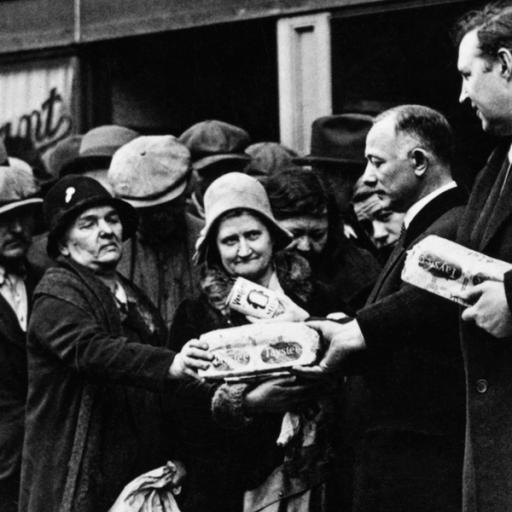There is a large literature on tax distortions, balanced budget rules and equilibrium indeterminacy suggesting that policy feedback rules linking monetary and fiscal instruments to the state of the economy can induce endogenous fluctuations and hence be destabilizing. King et al. (1988), e.g., show that in a real business cycle model the amplitude of the business cycle increases when the government follows a balanced-budget rule and finances government spending with income taxes. Schmitt-Grohè and Uribe (1997a), in a central contribution, prove that expectations of future higher tax rates can be self-fulfilled when income taxation is endogenously determined in order to balance the budget whereas the growth rate of government expenditure is exogenously fixed.
Guo and Harrison (2004) illustrate that Schmitt-Grohé and Uribe’s indeterminacy result in the real business cycle models depends crucially on a fiscal policy where the tax rate decreases with the household’s taxable income, i.e. constant government expenditures financed by proportional taxation on income. Specifically, they modify Schmitt-Grohé and Uribe’s analysis by allowing for endogenous public spending and transfers financed by separate fixed tax rates, a different balanced-budget rule that is commonly used in the real business cycle literature. Under their formulation, the economy does not display endogenous business cycles driven by agents’ animal spirit.
Following the Guo and Harrison’s formulation we aim to contrast the instability of the aggregate economy, by suggesting that in a New Keynesian (NEK) DSGE model with rule-of-thumb behavior, as introduced by Galì et al. (2003, 2004), a balanced budget rule may actually reduce the scope for indeterminacy.
More in details, Galì et al. (2003, 2004) show that the presence of a significant proportion of households that do not participate in the financial market affects the conditions under which a standard Taylor rule delivers uniqueness of the rational expectation equilibrium. The Gali and coauthors’ result can be explained as follows. In a canonical New Keynesian model with sticky prices, a coefficient larger than one in the Taylor rule implies a countercyclical response of monetary policy. Shocks that boost economic activity and inflation induce a monetary response that raises the real interest rate thus moderating consumption spending by financially unrestricted consumers and reducing private investment. The presence of rule-of-thumb consumers changes this in two ways. First the standard interest rate effect operates only through a small proportion of unrestricted consumers and, second, the increase in economic activity that leads to an increase in inflation also increases real wages and thus consumption of restricted consumers. In order to bring inflation under control and rule out sunspots the reaction of the real interest rate must be stronger rather than the canonical model.
We argue that the above result is not invariant to a public expenditure financed by different taxations and that, more precisely, once corporate income tax is introduced, fiscal policies based on budged balanced constraints may stabilize the economy differently from the common wisdom. The intuition behind our results is as follows. An expectation-driven increase in activity and inflation gives a rise in real wages and a decline in firms’ markups due to price stickiness. Lower markups mean lower revenues from corporate taxation, because tax rates are constant. Hence, in order to balance the budget, government cuts expenditure which in itself reduces aggregate demand. This effect of fiscal policy runs completely opposite to the effect of rule-of-thumb consumption, since the latter generates a positive correlation between real wages and aggregate demand. The countercyclical behavior of markups, well-known in this class of models, is associated to a decrease in profits since dividends follow the same pattern of markups. A corporate taxation combined with the specific balanced budget arrangement can diminish tax revenues, government expenditures and aggregate demand and stabilize the economy. Furthermore labor and income taxation does not have this effect. In fact, only by counter-balancing the output expansion driven by animal spirits is possible to rule out sunspots. While profit taxation reduces tax revenues and, hence, aggregate demand, labor and income taxes go in the opposite direction because of the increase in output and employment.
We only partially confirm the Guo and Harrison’s result in New Keynesian models. The existence of a time-varying government expenditures and income taxation are not a sufficient condition to deter equilibrium indeterminacy only the introduction of the profit taxation is necessary to obtain a stabilizing fiscal policy in a canonical New Keynesian model augmented with liquidity constrained consumers.







